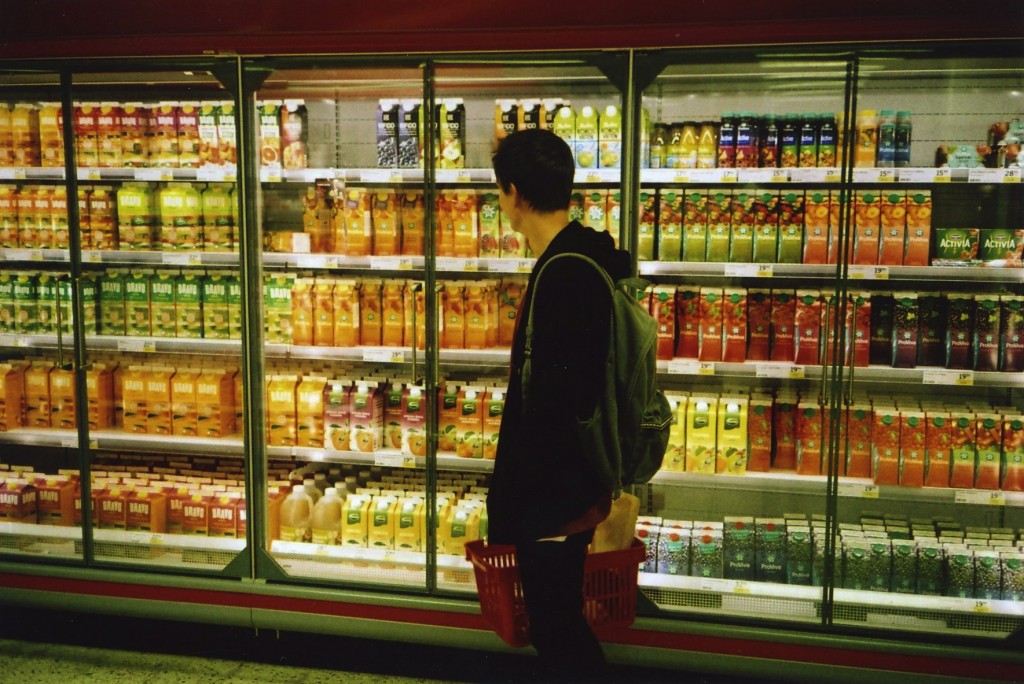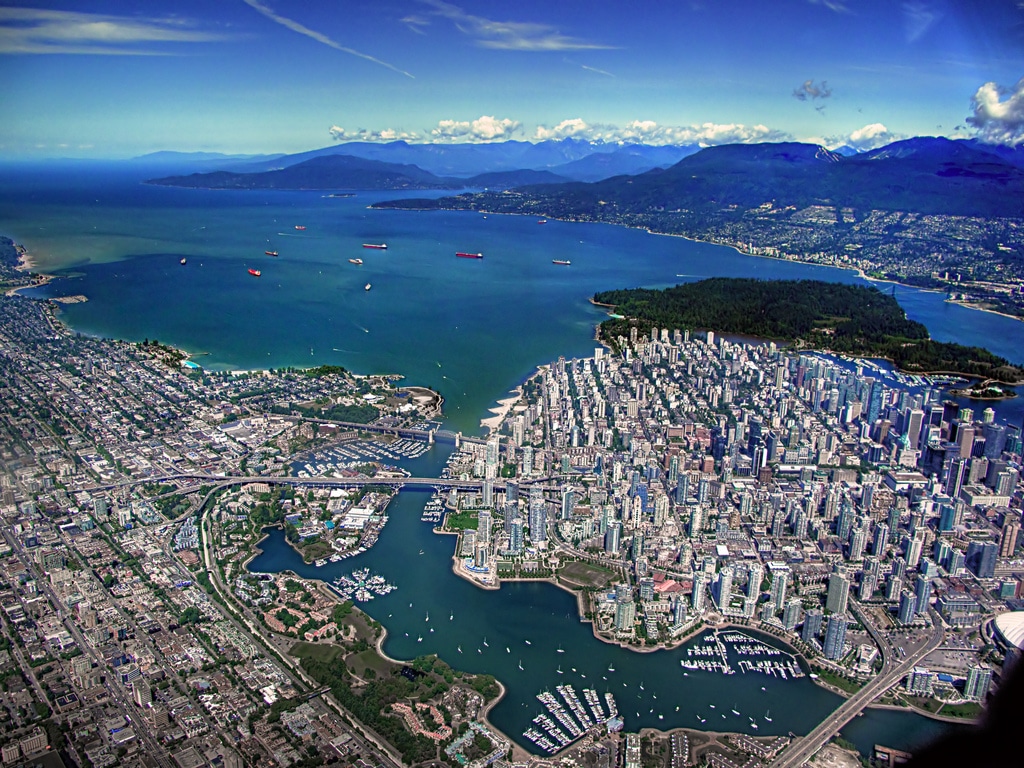If Canadian Cities Were Seen as Products, Which Cities Would You Buy?
The strength of a product or brand relies not only on public perception, but also on how that perception aligns with the image its brand managers want to project. Think of the stereotypical Mac vs. PC divide (or, for that matter, the iPod vs. MP3 divide or iOS vs. Android divide).
According to an infographic based on a survey of 700,000 Hunch users, Apple’s attempts to market its products as hip, unique, and youthful alternatives to the drab PC is determining its customer base. If an individual identifies as hip, unique, and youthful, he or she will be more likely to buy into Apple’s campaign. Ironically, the hordes of people buying Apple products to be “unique” has made the brand completely mainstream. This fact doesn’t seem to diminish the uniqueness associated with the brand. Can you say brilliant marketing?
Let’s engage in a fun exercise. Let’s imagine Canadian cities as consumer products. Each city is a brand, with a price and public perception attached to it. Let’s analyze and poke fun at these perceptions to see how they might affect our buying decisions.
A disclaimer – this exercise is simply for illustrative purposes. Canadians are as diverse as our country is vast; we cannot be boiled down to the perceptions and stereotypes discussed here, nor can the beautiful cities we inhabit. Now, in true Canadian fashion, let’s have some fun making fun of ourselves!
Imagine you walk into a department store – let’s say it’s the Hudson’s Bay Company – and you see 5 of the largest cities in Canada as products on a shelf. What would these products be like? I’ve set out to answer this question. To understand my judging criteria, take a look at the legend below.
Each “product” overview will be set out in the following format.
Brand: the name of the city
Slogan: a short phrase associated with the city (this phrase would be used on packages and in commercials)
Est: when the city (or “brand”) was first established. In some cases these cities didn’t have their contemporary names or geographical makeups at the time they were established.
Pieces: (think jigsaw puzzle): population – as listed here
Price: standard of living, as calculated by the latest data on average house prices divided by the average household income (i.e. the average years it takes to buy a home in that city)
Ingredients: interesting or quirky characteristics that make up the city (these may be factual or stereotypical)
Perception: the overall image the city exudes (this may be factual or stereotypical)
#1 Toronto
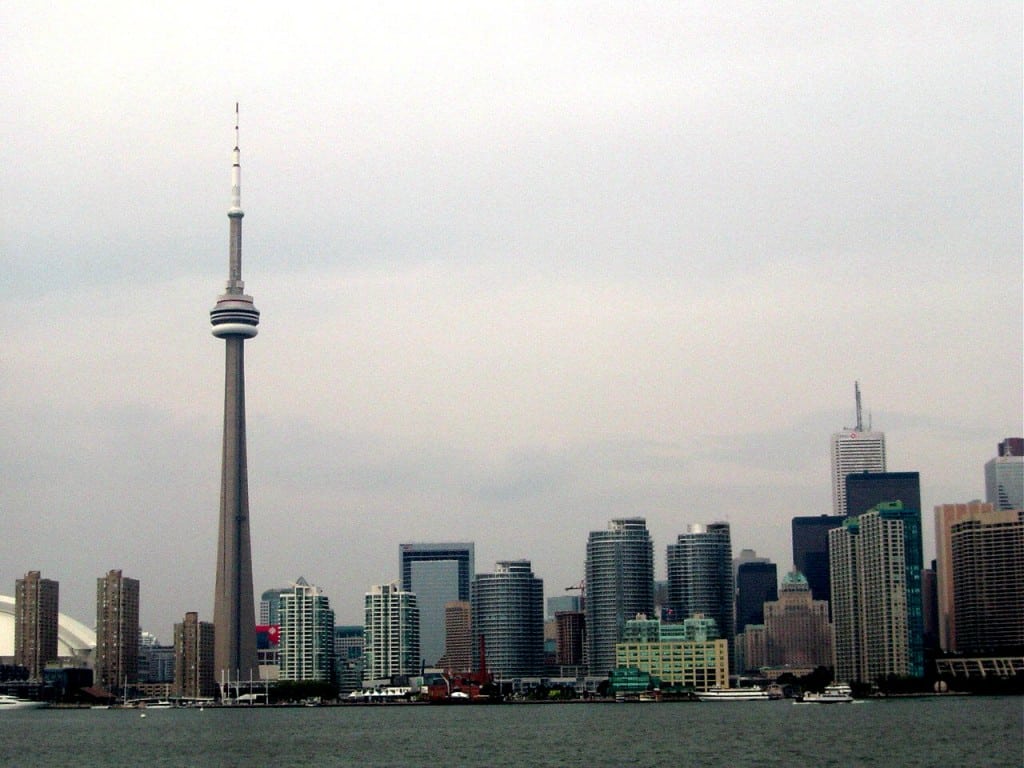
Slogan: “Now formulated with 50% more sensationalism!”
Est: 1793
Pieces: 2,774,128
Price: $6.37
Ingredients: Canada’s #1 tourist destination, the CN Tower, Niagara Falls, Royal Ontario Museum (the largest world cultures and natural history museum in Canada), Pearson International Airport (busiest in Canada and 4th busiest in North America), Toronto Zoo (the largest zoo in Canada), Eaton Centre & Yorkdale, 8 postsecondary institutions, TIFF, Caribana (the largest single-day parade in North America), most populous city in Canada and 5th most populous city in North America, safest city of 2013 (and 2012) out of all metropolitan census areas studied, media centre of Canada, Centre-of-the-Universe syndrome, and remnants of embarrassment over that time the army had to dig them out of a snowstorm.
Perception: A busy, crowded, pampered city with many exciting things to see and do (not to mention a lot of tourists). Also, let’s not forget – home of the world’s most famous mayor.
#2 Vancouver
Slogan: “ Proud home of the most expensive homes in the country.”
Est: 1886
Pieces: 642,717 – though the population of the metropolitan area is over 2 million, and the city is generally regarded as the third largest in the country.
Price: $11.77
Ingredients: Granville Island, Vancouver International Airport, Vancouver Aquarium (consistently ranked one of the best in the world), Pacific Centre, 4 postsecondary institutions, Chinatown, “Hollywood North”, host of the 2010 Winter Olympics, 3rd best city in the world to live, 8th most populous city in Canada, has one of the mildest, yet rainiest climates in Canada, a bustling arts and culture scene (with the highest percentage of people employed in arts and culture in Canada), has one of the largest Pride Parades in North America (5th largest in the world), tree-huggers (case in point: birthplace of Greenpeace International), and – according to a well-traveled friend of mine – home to a unique “hippie-yuppie hybrid”.
Perception: An arts-rich, health and environmentally-conscious city that is diverse and accepting, yet expensive (and wet) to live in.
#3 Calgary
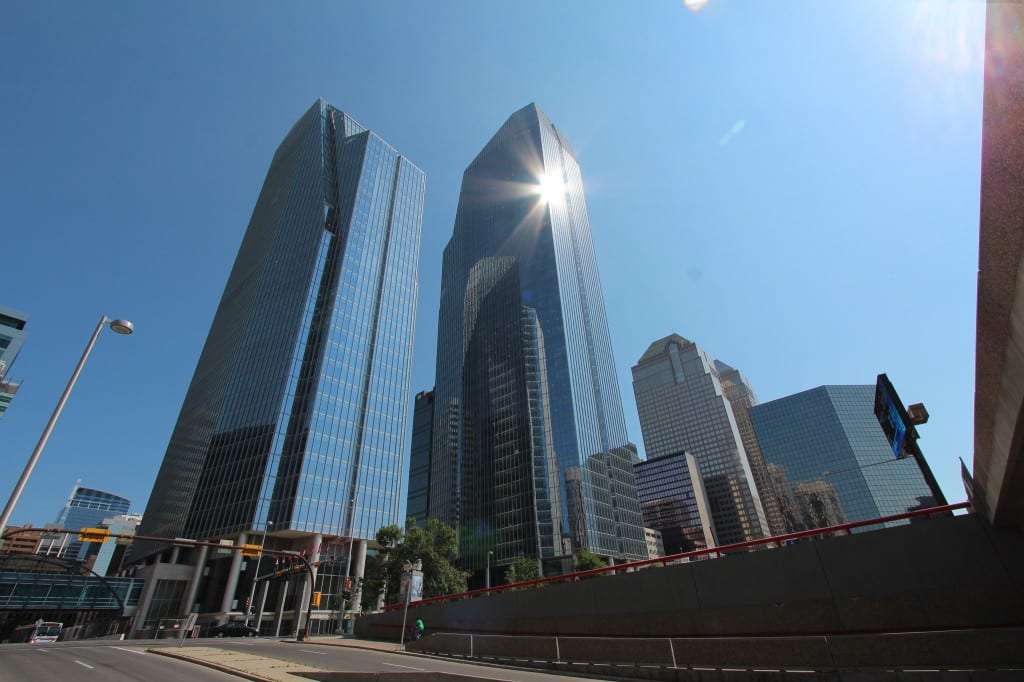
Slogan: “Weeeeeeeee’re rich!” (said by mascot Calvin the Cow)
Est: 1875
Pieces: 1,306,471
Price: $3.64
Ingredients: Calgary Tower, Telus Spark Science Centre, Calgary Zoo (3rd best in North America), Chinook Centre, 4 postsecondary institutions, “The Greatest Outdoor Show in the World”, dozens of theatre companies, host of the 1988 Winter Olympics, 3rd most populous city in Canada, 3rd lowest unemployment rate of the 15 largest cities in Canada, repeatedly named the cleanest city in the world (here’s one example), Canada’s brightest city (literally), is the metropolitan city with the highest valued spot on the 2010 Monopoly: Canadian Edition, and proudly boasts the “Cowtown” nickname.
Perception: An exceptionally affluent, clean and bright city that – despite keeping up with the times – still embraces the “Wild West” feel and mentality.
#4 Montreal
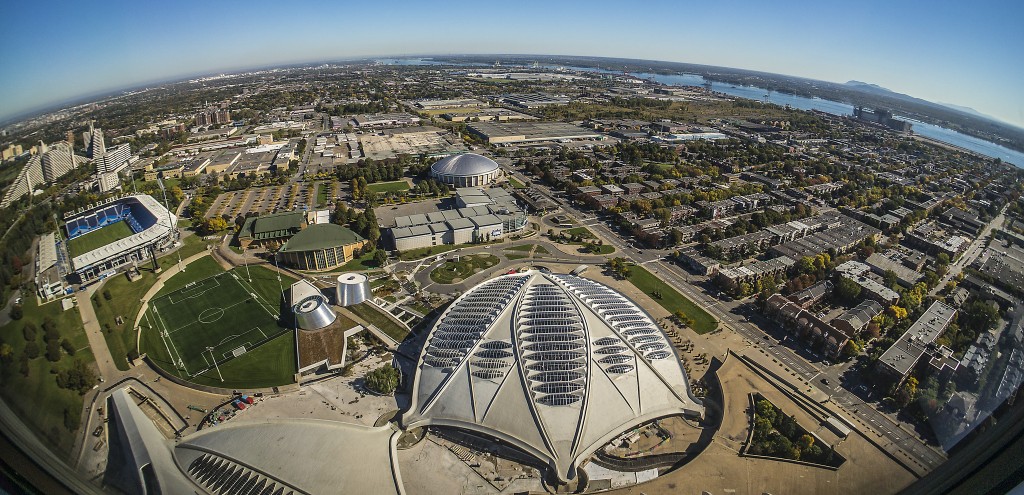
Slogan: “The best parties in Canada or your money back, guaranteed!”
Est: 1642
Pieces: 1,688,220
Price: $6.37
Ingredients: LaRonde (2nd largest amusement park in Canada), Les Galeries d’Anjou & Place Versailles, 11 postsecondary institutions, “Underground City”, Les FrancoFolies de Montréal (the largest French music event in the world), the mother of festivals in Canada (e.g. Montreal Jazz Festival, Montreal International Fireworks Festival, Montreal Beer Festival, Just For Laughs Comedy Festival, and Montreal Reggae Festival), home of the Cirque du Soleil, host of the 1976 Summer Olympics, host of Expo 67 & Habitat 67, 2nd most populous city in Canada, 2nd largest French-speaking city in the world, famous for its Montreal-style bagels (not to mention poutine and smoked meat), you’ll never be short of restaurants to eat at (though you may have some difficulty deciding, since Montreal has the second highest number of restaurants per capita in North America).
Perception: Always looking for a reason to host a big party or event, Montreal refuses to be bogged down by serious issues (like, say, financial struggles). Canada’s second most crowded city has unique things to see, eat, and experience from every angle (a foodie’s paradise!).
#5 Halifax
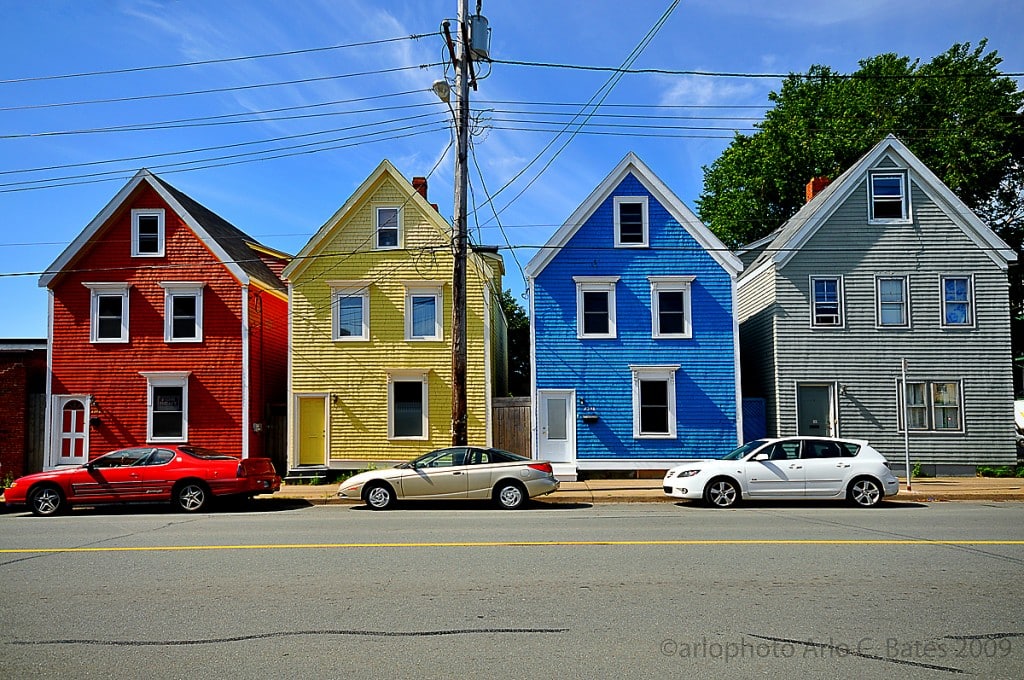
Slogan: “The most rainfall on this side of the Atlantic!”
Est: 1749
Pieces: 412,626
Price: $3.46
Ingredients: Peggy’s Cove, Halifax Shopping Centre, Halifax Stanfield International Airport, the Old Town Clock, 6 postsecondary institutions (the highest ratio of universities to population in North America), more pubs per capita than any other city in Canada, Multicultural Festival, Halifax International Busker Festival (the oldest and largest buskerfest in Canada), located halfway between the North Pole and the Equator, 15th most populous city in Canada, has one of the mildest, yet rainiest climates in Canada, most well-informed (after all, they’re home to both the Halifax Gazette – the oldest English newspaper in Canada – and the Dalhousie Gazette, the longest running college newspaper in Canada), and you’ll always know when it’s noon (at least if you’re close to the Halifax Citadel, the most visited historic site in Canada).
Perception: A true university town, Canada’s largest (and wettest) Atlantic city is a blend of old (historic) and new (youthfulness). And it’s also the easiest place in Canada to find a drink!
# 6 Bonus! The City of Ottawa
I couldn’t leave out the city I call home, could I?
Slogan: “Made with all natural bureaucrats.”
Est: 1826
Pieces: 953,589
Price: $3.87
Ingredients: Rideau Centre, 7 postsecondary institutions, has 14 national museums (including the Canadian Museum of History, the most visited museum in Canada), has the world’s largest outdoor ice rink, the father of festivals in Canada (35 major festivals and events every year, including the Canadian Tulip Festival, Ottawa Bluesfest, Ottawa International Chamber Music Festival, and Winterlude), chosen capital of Canada, 4th most populous city in Canada, 4th safest city of 2013 out of all metropolitan census areas studied, ranked top city in the world (based on technology, talent and tolerance), one of the top R&D sites in the world, most educated city in Canada, home to the most important civil servants in Canada (i.e. the Government of Canada, Supreme Court of Canada, Parliament, and Senate), and the most engineers, scientists and PhDs per capita.
Perception: Home to some of the brightest and smartest in the country, Canada’s capital is where you come to settle if you…
a) are employed by the government
b) have a university degree
c) want a family-safe (i.e. boring) city to live in
d) are thoroughly enjoying this multiple choice question
or e) all of the above.
Given these common perceptions, which of these cities aligns with who you are? Which would you “buy”?
Remember, while perceptions of brands and products affect buying behaviour, the alignment (or misalignment) of these perceptions with the desires of your target market will be the ultimate decider. So, while its important to make sure perceptions of your brand are positive, it’s as important (if not more important) to figure out who your target market is. Discover their tastes and characteristics, then cater to them.
If I’ve missed your city, why don’t you don’t you try this exercise? I would love to hear about your city’s brand.
Featured image from Foad Hersi

